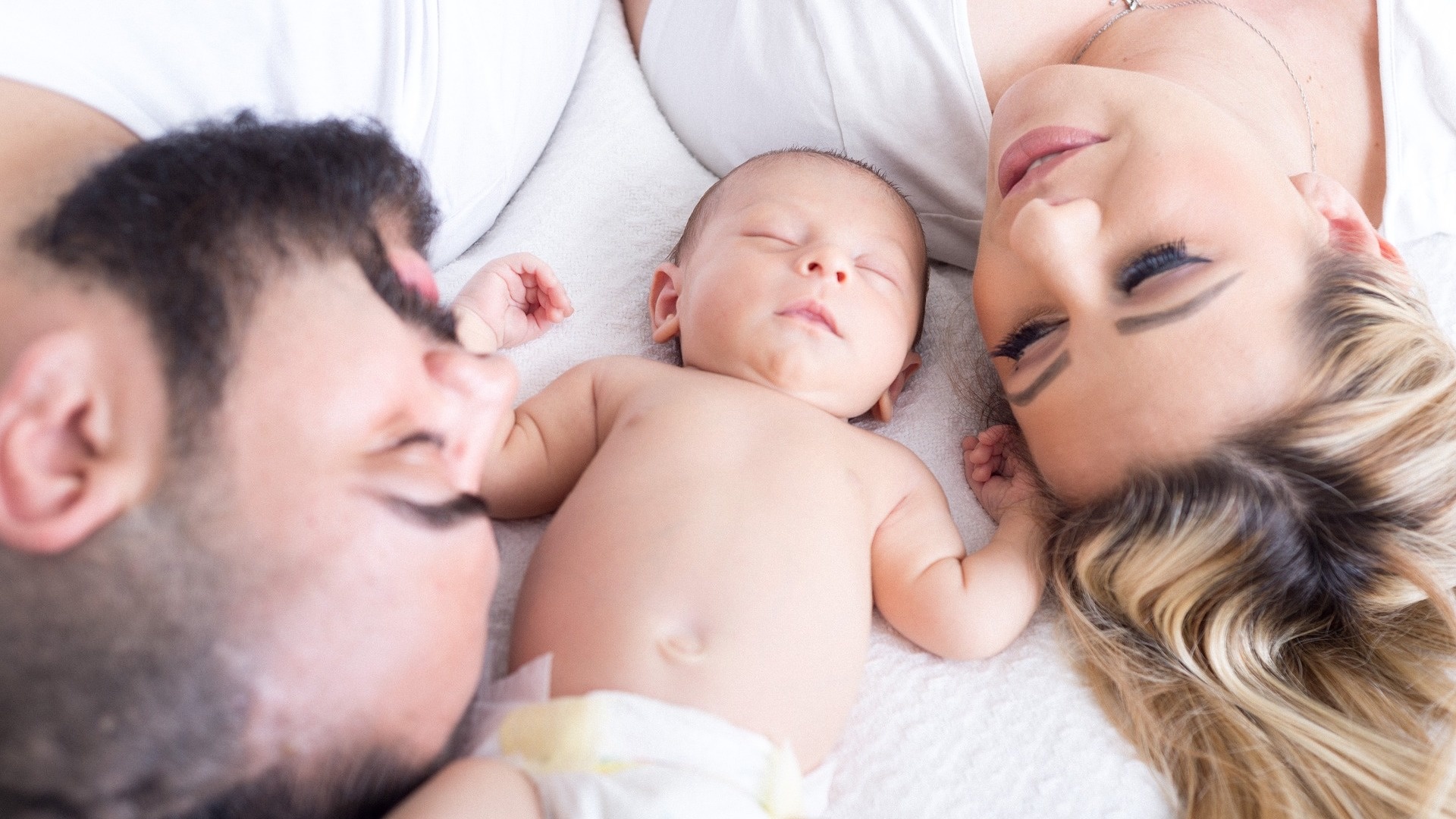Ronan Farrow isn’t the only big name in the Farrow household. His mom, Mia Farrow, is a big-time actress (Rosemary’s Baby, Hannah and Her Sisters, The Great Gatsby) and instilled some of the wisdom she learned along the way into her son. Here, on Mother’s Day, Ronan shares the best piece of advice he learned from her. Ronan Farrow’s new book is War on Peace: The End of Diplomacy and the Decline of American Influence.
Ronan Farrow: I think the most important piece of career advice I ever received was probably from my mother who used the phrase, “Be one with the target.”
And what she meant when she said that was, when you are engaging in some kind of a high stakes professional gambit, whether it’s you’re giving a speech or a presentation at work or you’re breaking a big story, if you are fully invested in the goal and it’s a greater goal than yourself it’s not about you— there’s a certain kind of armor in that, and people can attack you personally (and they certainly do attack me a lot personally) and they can try to weaponize whatever they want against you, but if you are really one with the target and you know that what you’re doing contributes to goals that are bigger than yourself and you are 100 percent off of thinking about you and your self-consciousness and your self-interest and on thinking about the problem and how you’re going to make things better through your work and communicating that to the other people involved in whatever project you’re working on, there’s no time to get mired in the “self” piece of it, in the kind of self-consciousness and the worry about self-interest that can, I think, sideline and distract.
That’s easier said than done. I don’t always live up to that, but it’s a great philosophy that I found really useful.




